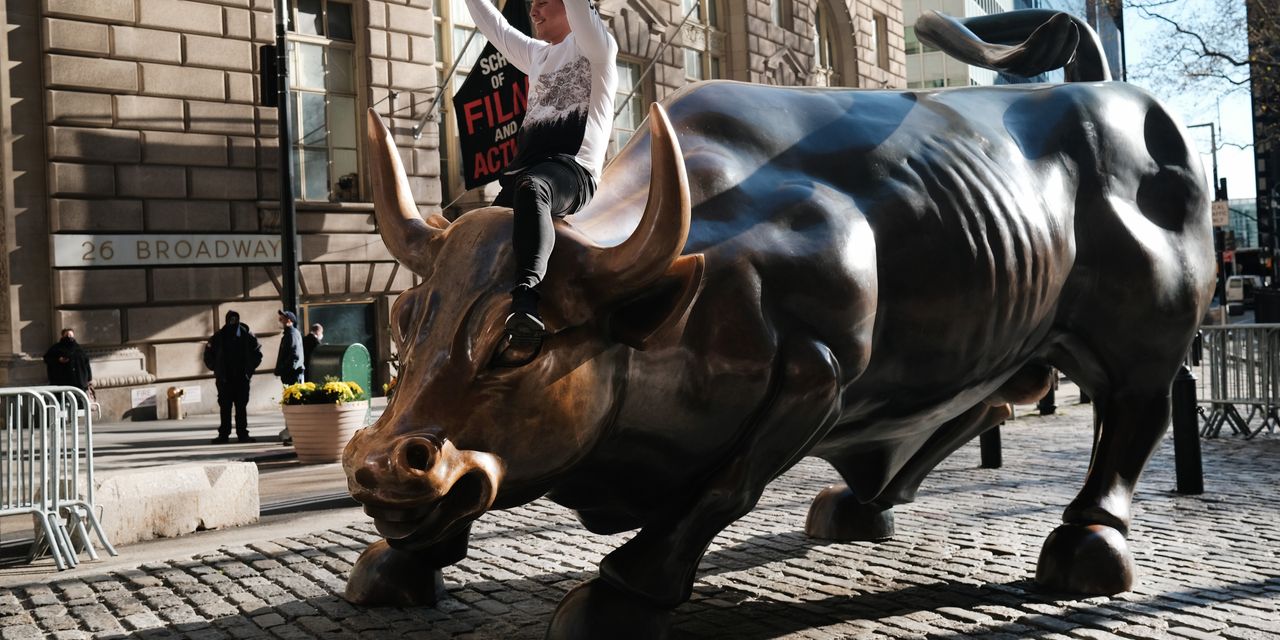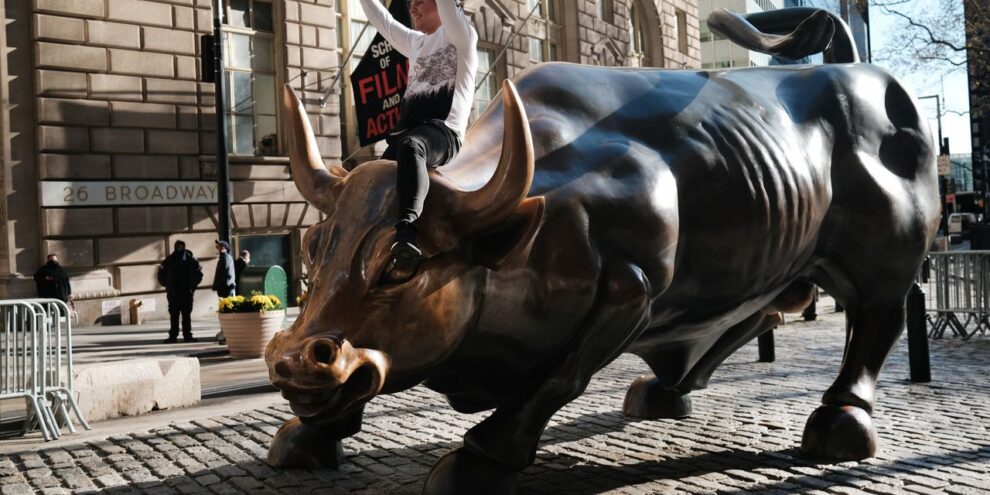
Stock market bulls are guilty of a sleight of hand when arguing that the U.S. market’s P/E ratio is not above average. I point this out not because the stock market plunged on the first trading day of 2021, with the Dow Jones Industrial Average DJIA, -1.25% at one point down more than 700 points, or more than 2%, and the S&P 500 SPX, -1.48% down as much as 2.4%.
I am instead referring to the sleight of hand inherent in the following statement that the bulls these days are repeating ad nauseam in one form or another: “Based on analyst estimates, the S&P 500’s EPS for 2021 will be $150. Based on where the market stood on the last trading day of 2020, that translates to a PE ratio of 25.0 — slightly lower than the average PE ratio over the last 20 years of 25.6. So the market is either fairly valued or slightly undervalued.”
Notice carefully that this sentence’s historical comparison is between apples and oranges. The historical average PE is calculated based on trailing 12-month EPS, while the estimate for 2021 is based on analyst forecasts of the year to come. The true apples-to-apples comparison would be to compare the average of past years’ forward-looking PEs.
If this sounds confusing, let me illustrate by turning the clock back to the beginning of 2020. Standard & Poor’s at the time was estimating that the S&P 500’s EPS for calendar-year 2020 would be $161.87 —resulting in a forward-looking PE of 20. In fact, as we know now, EPS for the year were a lot lower. Though the final numbers are not yet in, S&P’s best estimate is that they will total $95. Had analysts accurately forecasted this total a year ago, the forward-looking PE at the time would have been 34.
So the forward-looking PE a year ago was more than 40% lower than what it in fact turned out to be.
Of course, 2020 was an extraordinary year, and the analyst community typically isn’t so far off. But forward-looking PEs almost always will be a lot lower than trailing PEs. Cliff Asness, co-founder of AQR Capital Management, at one point estimated that they would be 25% lower, on average. One reason for this is that EPS grow in the typical year; another is that analysts are almost always too optimistic. For both reasons, the denominator of forward-looking PE ratios — earnings — will be misleadingly high. That, in turn, means that the ratios themselves will be misleadingly low.
The bottom line: Before we can compare today’s forward-looking PE ratio with historical averages of trailing PEs, we need to adjust the historical average downward by a large amount. Upon doing that, we’d realize that the stock market is significantly overvalued.
An alternative approach, which comes to the same conclusion, is to consistently focus on trailing 12-month PEs. The S&P 500’s current trailing PE is 39.5, far higher than the 20-year average of 25.6.
You don’t have to take a position on whether forward or trailing PEs are the better gauge of market valuation. The broader point is to the need to be consistent. One you are, you have no choice but to conclude that the stock market’s current PE ratio is well-above average.
Mark Hulbert is a regular contributor to MarketWatch. His Hulbert Ratings tracks investment newsletters that pay a flat fee to be audited. He can be reached at [email protected]
More: How does the stock market perform after a 1% drop — or worse — to start a year?
Plus: How to win the ‘loser’s game’ of investing and still keep the excitement alive











Add Comment